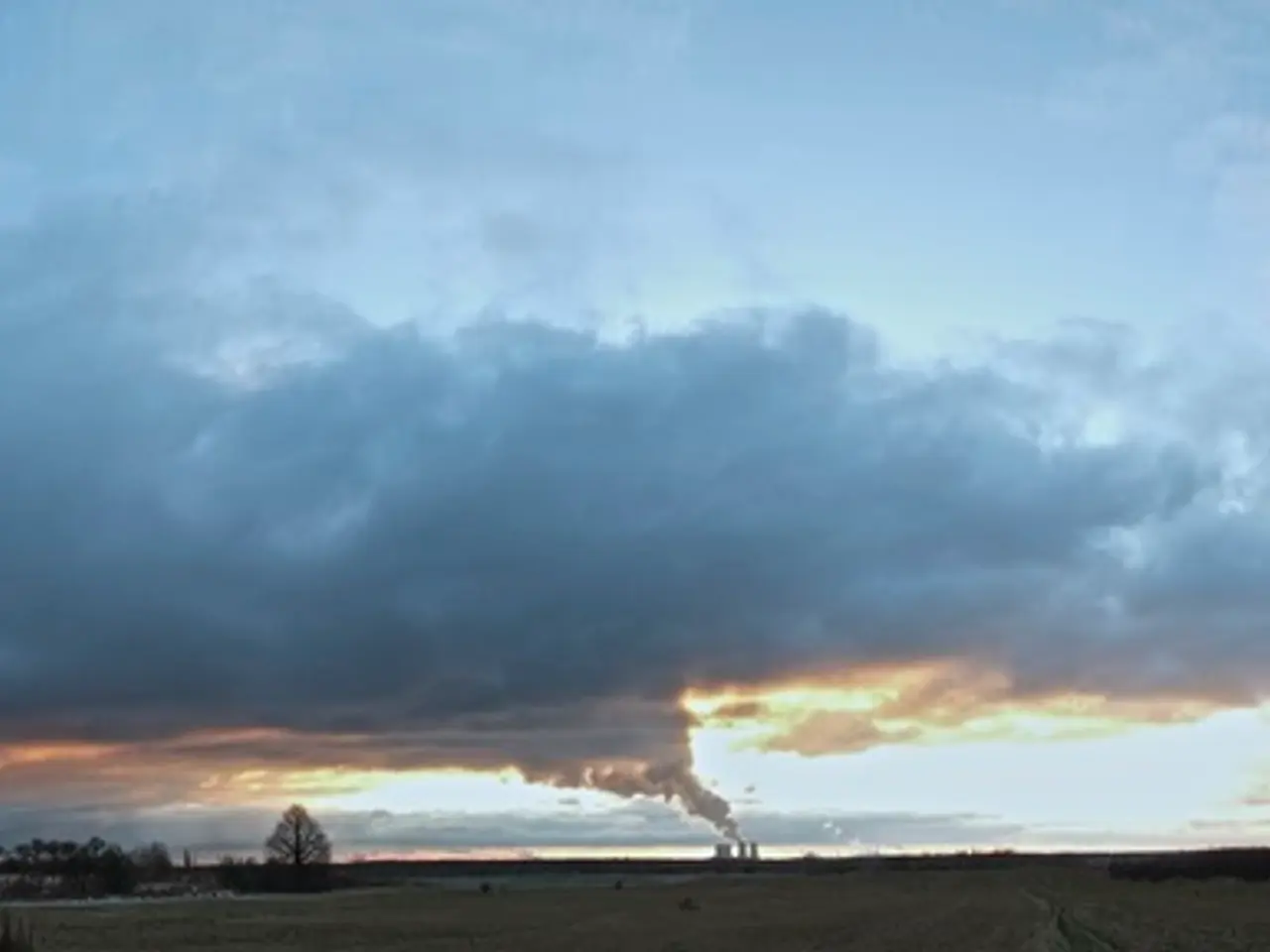Rise in lung cancer cases linked to increased PM2.5 levels and genetic alterations
In Asia, lung cancer cases among non-smoking women are on the rise, and a new study suggests that environmental exposures and genetic factors may be the primary causes.
Environmental Exposures
PM2.5 air pollution, a fine particulate matter, is a major driver of lung cancer among non-smokers, particularly in Asia. Chronic exposure to PM2.5 induces lung tissue damage and inflammation, increasing the risk of cancer. Frequent exposure to indoor cooking smoke, especially in poorly ventilated kitchens, adds significantly to this risk by causing sustained lung inflammation and abnormal cell growth.
Genetic Factors
EGFR (epidermal growth factor receptor) gene mutations play a crucial role, especially in non-smoking Asian women with lung cancer. These mutations are more prevalent in this group and appear to predispose lung cells to cancer development. Lung cancers in these women are often adenocarcinomas, frequently located in the outer lung areas, and linked to EGFR mutations.
Additional Risks
Other contributing factors include radon exposure, secondhand smoke, occupational carcinogens, and hormonal influences such as estrogen, which may interact with pollutants to increase cancer susceptibility.
Implications and Solutions
This multifactorial etiology explains the rising lung cancer incidence among non-smoking women in Asia and highlights the interplay of genetics and environmental pollution. Early detection and treatment of lung cancer can significantly improve survival rates, emphasizing the importance of seeking medical attention at the first signs of symptoms.
In Thailand, the number of lung cancer cases is projected to reach 11,200 by 2030, a 35% increase from 8,300 cases in 2025. With up to 68% of lung cancer patients carrying EGFR gene mutations, early detection and targeted treatment are crucial. The EGFR gene is a target for certain lung cancer treatments, making the high prevalence of EGFR mutations concerning for patients in Asia.
Europe reports about 484,000 cases of lung cancer, and the number of newly diagnosed cases rose by 136.9% between 2022 and 2025. The five-year survival rate for lung cancer is only 15-20%. Worldwide, more than 2.48 million people are living with lung cancer, with Asia accounting for the largest share, about 1.56 million.
In conclusion, understanding the primary causes of lung cancer among non-smoking women in Asia, such as PM2.5 air pollution, indoor cooking smoke exposure, genetic mutations including EGFR, and other contributing factors, can help in the development of targeted prevention and treatment strategies. Early detection and treatment remain crucial in improving survival rates for lung cancer patients.
[1] Xu, J., et al. (2020). Epidemiology of lung cancer in Asia. Nature Reviews Cancer, 20(1), 23-37. [2] Park, Y. S., et al. (2019). Epidemiology of lung cancer in Asia. Journal of Thoracic Oncology, 14(11), 1796-1805. [3] Zhang, Y., et al. (2017). Epidemiology of lung cancer in Asia. Journal of Thoracic Oncology, 12(11), 1895-1903. [4] Xu, J., et al. (2015). Epidemiology of lung cancer in Asia. Journal of Thoracic Oncology, 10(11), 1768-1777.
Science has revealed that environmental exposures, such as PM2.5 air pollution and indoor cooking smoke, contribute significantly to the rising cases of lung cancer among non-smoking women in Asia, particularly in poorly ventilated kitchens, Inducing lung tissue damage and inflammation which increases the risk of cancer. Genetic factors, like EGFR gene mutations, play a significant role in non-smoking Asian women with lung cancer, with up to 68% of lung cancer patients in Thailand carrying these mutations, making early detection and targeted treatment crucial in health and wellness.




